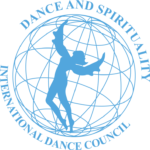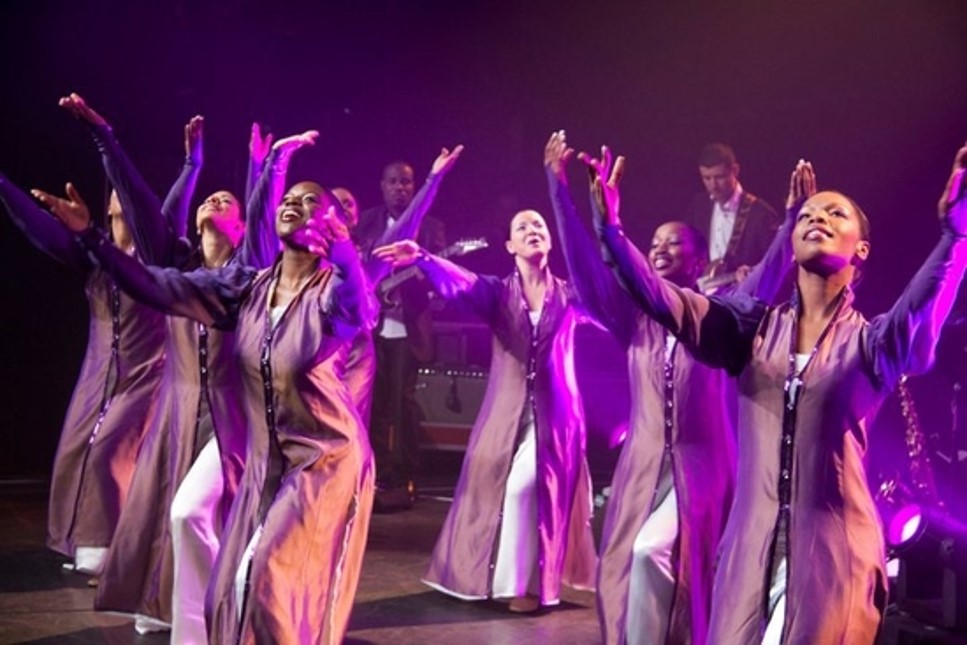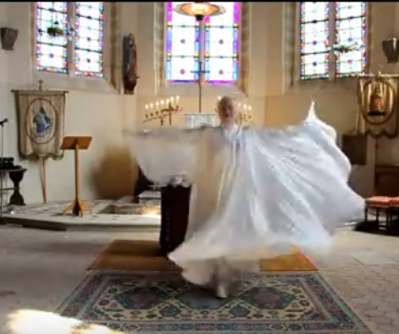CHRISTIANITY
What is Christianity?

Christianity is an Abrahamic monotheistic religion based on the life and teachings of Jesus of Nazareth described principally in a group of books known as the “New testament” and in oral traditions.
Its basic creed , is that Jesus is the Son of God incarnated, who ministered, suffered, and died on a cross, but rose from the dead for the salvation of mankind and each human individually. This salvation implies a radical change in one’s life – through the divine grace – and an eternal bliss after death. The highest moral virtue of a Christian is to love all humans and consider them as brothers and sisters of the same Parent , who is God!
Its basic cult is in memory of Jesus Last Supper
Christianity began as a Judaic sect in the 1st century. During the first millenary it spread to Europe, Middle East and North Africa. During the second millenary it spread all around the world , actually being the world’s largest religion, with about 2.4 billion followers
From the very beginning its history was full of disputes and divisions which evolved over time . Actually there exist three great groups of Christian communities (churches)
-The traditional Oriental Churches which reflect the divisions till the 9th Century
-The traditional Roman Catholic Church which kept a unity of creed and cult in all its local churches and evolved separately from the Oriental ones.
-A constellation of Churches issued from the Protestant Reform in the 16th Century which separated them from the Catholic church
Though practically all churches share the same basic creed they differ in many particular points . For many churches those differences are of the highest importance . There are also profound cultural differences which (along with the dogmatic ones ) are reflected in their cults.
Christianity and Dance
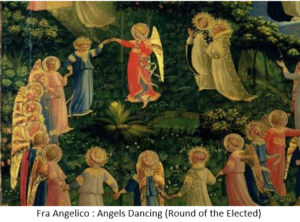
We don’t know if Jesus danced but He participated in many Jewish feasts where everybody danced. The first Christians were Jews and participated in gatherings in which some of them were possessed by the Spirit of God .We have practically no testimonies concerning dance in Christian gatherings the first three centuries.
In the fourth century Christianity became the official religion and successive pagan conversions happened all the time. New converted were attached to their dance traditions . From that period, till the Protestant Reform , almost all arts entered thoroughly in the Cult except dance. The majority of christian authorities were against dance in cult and against most forms of dance , but we have various testimonies that there was dance inside the churches at certain periods or at certain occasions . The religious authorities also encouraged dance outside the church (as lesser harm) during the medieval pilgrimages.
However, some theologians expressed a high consideration of some kinds of dance as a spiritual activity of humans and angels.
After the protestant reform,
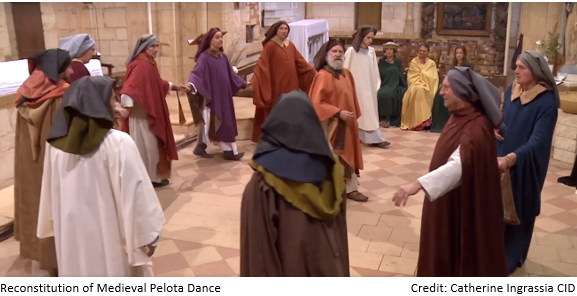
Dance was expelled from all churches till the 19th century where it started coming back through some mass events called Revivals .
Actually the Liturgical Dancers have introduced dance as a complete art in a part of the Protestant Churches
The Vatican Council II , considers dance incompatible with Christian cult except for some non western cultures
The oriental churches are still resisting even the idea of introducing dance to the cult with the notable exception of the Ethiopian church where dance is a complete part of the cult continuously till the 6th century .
Finally a very interesting point is that artists are creating choreographies inspired by the huge Christian heritage of music and poetry.
Documents
Acts of John
Excerpts from the Bible
American Catholic Church Clarification on Liturgical Dance
Suggested Readings
Issues on Dance and Christian Worship by C Kontogiannis CID
Four Subjects to examine
The history of the position of dance in christian cult and more generally of the relations of dance and Christianity is a passionate challenge for University Research . In this section, an introduction on this topic is given through the article of Lucinda Coleman and then we present some samples of dances through the two millennials. We hope to enrich by publishing papers which will help us deepen this little known side of christian history.
After Vatican II the attitude of the catholic clergy concerning dance has drastically evolved .Artistic dances are not condemned and some of them were presented in church and before high ecclesiastic authorities like Popes Jean-Paul II and Francis I Catholic clergymen , monks and nuns dance on several occasions . Some of them teach dances and some consider dance as a means to worship. This movement is much more intense in non western catholic churches.
For many protestant faith groups and believers, liturgical dancing forms an integral part of worship. Many churches consider it an acceptable form of a Christian way of worship.Liturgical dancers express the word and the spirit of the Lord through movement of various body parts. Choreograph dances are frequently used before the congregation to create exciting and emotional atmosphere.
Hymns and music were continuously present from the period of the presence of Jesus (Marc 14,26) to our days.
Unfortunately up to now very few choreographies were created on religious music inspired by christianity , though their number is increasing from the 2d half of the 20th Century.
An important dimension of CID’s “Dance And Spirituality “ program is to encourage dancers to create in that direction ….
